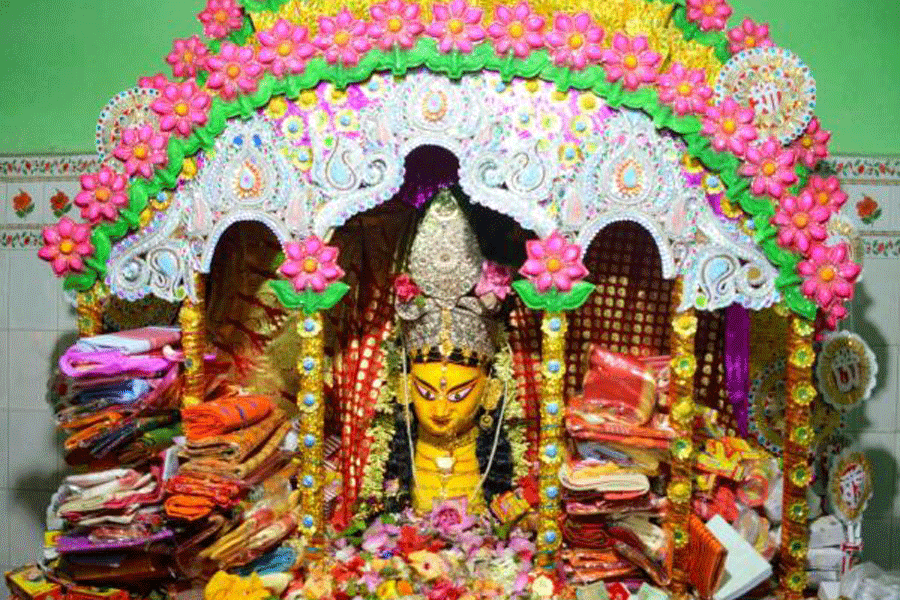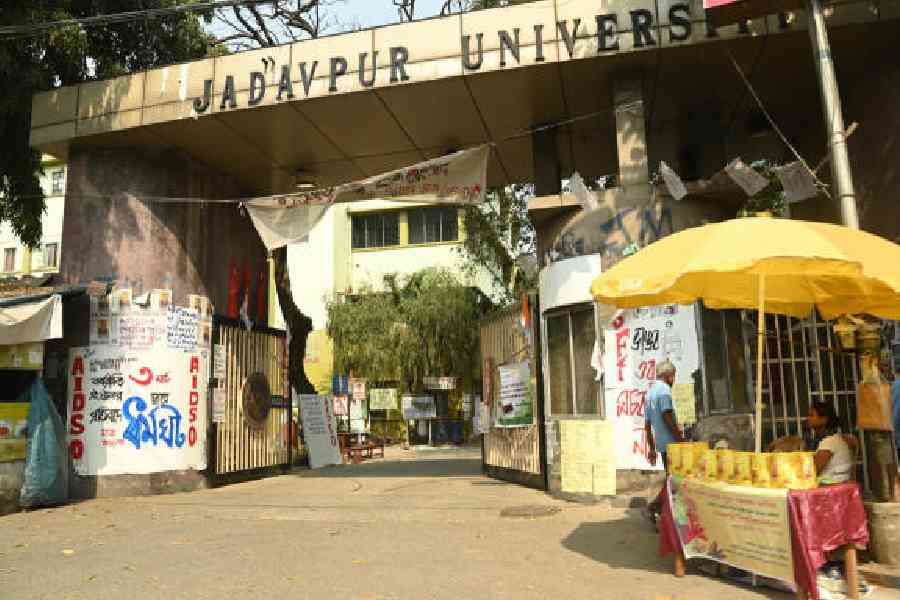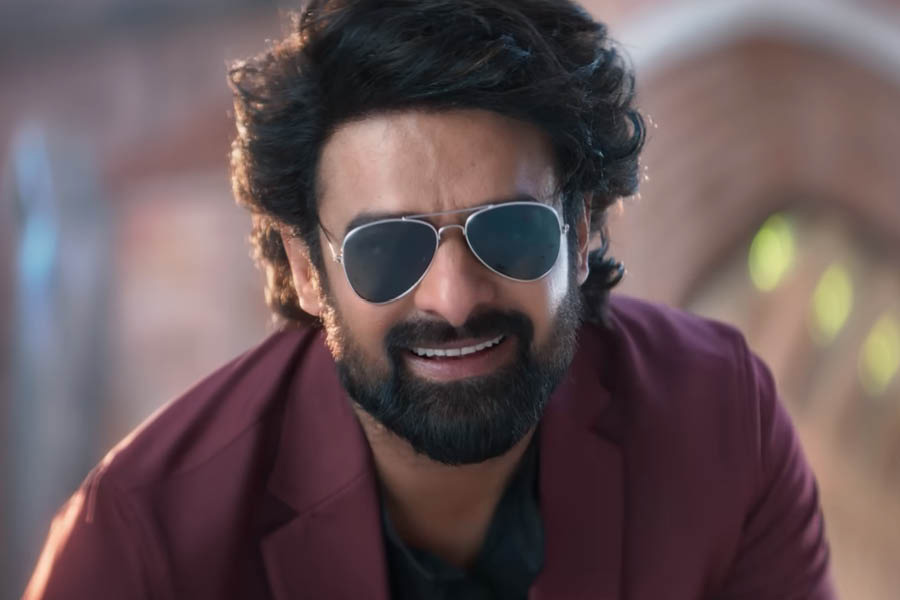For years, Calcutta and its suburbs have feasted on frenzied Durga Puja celebrations complete with sound and light and aggressive marketing. The recent Unesco “intangible cultural heritage of humanity” tag has taken the Calcutta Durga Puja to another level.
The bonedi baris, or the old moneyed families, of the city have their individual family pujas. The Durga Puja as we know it today was pioneered by one or more 18th- century patriarchs — most often a successful trader — to showcase different slices of local culture to the British as well as Calcutta high society.
Raja Nabakrishna Deb, a trader and confidant of Robert Clive and founder of Sovabazar Rajbari, had organised a Durga Festival in 1759, soon after the victory of the British in the Battle of Plassey. Clive was the chief guest of the occasion. Deviating from the religious rituals, nautch girls performed at the puja, and the British guests were entertained with food and drinks.
Deb became one of the pioneers of Durga Puja celebrations in typical Calcutta style. Many zamindars took a cue and shifted their traditional family pujas to Calcutta and the new template.
The barowari or community pujas started much later. What the family puja, as well as the community puja, have in common is that both genres are deviations from the rural Durga Puja, which is also the closest to the ancient custom of Durga worship.
For a taste of the quintessential Durga Puja, one must travel to the western parts of Bengal, far away from Calcutta and its suburbs. The area, once referred to as the Rarh region, lies between Chota Nagpur Plateau to the west and the Ganges delta to the east.
Its name originates in the ancient Austric language, meaning “land of red soil”. Just after the monsoons, this arid land bathed in rain and storm for months, turns lush green with valleys dotted with luminous kaash phool.
At the heart of Durga worship in these areas are reverence and gratitude to the goddess for bountiful harvests. In these parts, Durga is primarily a sashya devi, the goddess responsible for good harvests. In addition, the villagers also pray to her to protect them from seasonal pestilences such as malaria, cholera and smallpox.
And that’s the reason the pujas here are more or less solemn affairs, except the occasional beat of the dhaak during the ritual arati. Priests continue with the ancient rituals, helped by family members and religious-minded villagers. There is nothing raucous or loud about these festivities.
In several villages, the focus of worship is the kola bou or the banana plant, which is representative of all crops. In cities, however, the kola bou is regarded as the plantain wife of Ganesha who is the elephant god, and its worship is only a side ritual.
According to folk researcher Swapan Kumar Thakur, the worship of Durga as the warrior goddess is not part of the ancient tradition of the Rarh region. “It was much later that Durga came to be worshipped as a slayer of the demon Mahishasura and this got clubbed with the local autumn harvest festival,” he says.
Mangal Kavya, the collection of Bengali religious texts composed between the 13th and 16th centuries, has references to goddesses such as Manasa and Chandi but
not Durga.
One comes across the very first reference to Durga in Durga Mangal, a Bengali text dating back to the 18th and 19th centuries. Even further back, in 6th century, Durga has been depicted as the slayer of a half-buffalo demon in stone inscriptions in a cave in Mamallapuram in Tamil Nadu and in a temple in Karnataka’s Aihole.
In the course of his extensive research, Thakur has found at least a dozen families in Bankura and East Burdwan who pray to the head — munda murti — of Durga. He has described this in detail in his recently published Bengali book Durga: Sanskritir Araley.
The most spectacular puja of Munda Durga is hosted by the Ray family of Gomai, a village in East Burdwan. According to Rajib, a family member, the puja was inaugurated by his ancestor Gobinda Ray 450 years ago. Rajib says, “The head of the goddess is worshipped with full grandeur. But there is no trace of the demon Mahishasura. Our ancestor started the puja after he had a vision of the goddess.” The idol — which is basically just the head — was created by traditional artisans in the neighbouring Shiblun village. The idol is carried to the mandap on the first day of the Pujas.
Thakur, who has travelled extensively through Bengal’s villages during Durga Puja, has observed such munda murti puja in at least a dozen villages of Burdwan and Bankura, the heart of the Rarh region. He says, “In most of these places, Durga is the family goddess of wealthy clans belonging to the Konar Sadgope caste.”
Thakur adds, “All the families cite some legend or the other behind the puja. But all of it actually ties in with the archaeological findings in Mangalkote in East Burdwan, where this tradition of Munda Durga existed.”
Basically to say, head over everything else.











